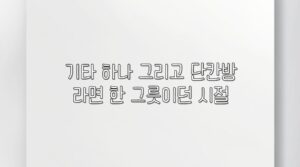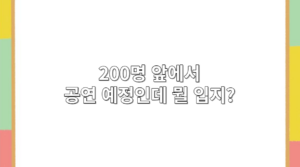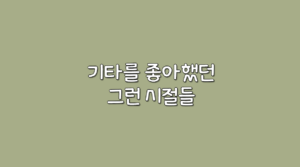필롭슨의 blog
필롭슨의 블로그는 음악과 재즈 그리고 기타 및 다양한 음악 관련된 활동에 대해서 서술을 많이 해놓은 블로그라고 생각을 하시면 됩니다 부담이 없어 보시기를 바랍니다
다양한 음악과 기타
음악과 기타
음악의 시작은 어렵다
누구나 음악을 할 수는 있습니다 하지만 일로 생각을 하거나 대중들에게 많은 인기를 얻으려고 시작을 하는 음악은 굉장히 어렵습니다 이럴 때는 혼자서 하는 경우에는 한계가 분명히 존재를 하기 때문에 꼭 레슨을 알아보시기를 바랍니다
기타가 필요한 이유
분명 저 처럼 음악을 노래를 부르기 위해서 발성만 공부를 하시는 분들이 많이 계신데 이는 잘 못된 생각입니다 기회가 된다면 꼭 음악으로써 많은 삶을 살아야겠다고 마음을 먹었다면 기타는 선택이 아니라 필수라는 것을 기억을 해주세요
음악에 대한 궁금증
간혹 음악을 열심히 하다가 보면 도저히 모르는 내용들이 나오게 되는데 이때 많은 분들은 온라인으로써 질문을 남기고 답을 찾아 가기도 합니다 음악에 대한 정답은 없습니다 그냥 자신이 좋아하는 것들이 곧 정답이기도 하지만 이런 궁금증을 해결을 할 때 무조건 온라인 말고도 오프라인으로도 답을 찾아보세요
연습이 전부가 아니다
정말 많은 내용을 담고 있는 문구 입니다 그게 바로 연습이라는 것인데요 음악은 특이하게 연습으로도 해결이 안되는 경우가 많이 있습니다 즉 1시간을 연습한 사람과 10시간 연습한 사람과의 차이가 거의 없을 수 있는 것이죠 우리가 흔히 아는 연습량과 비례하다 이런 생각은 버리시는게 좋습니다
즐거운 것이 우선이다
저도 음악으로 꽤 많은 인생을 살아왔지만 즐기는 사람은 못 따라갑니다 이게 무슨 말이냐면 처음 음악을 시작을 했을 때를 생각을 해보세요 지루하셨나요? 전혀 그렇지 않습니다 어떻게 하면 기가막히게 노래를 잘 부를까 또는 연주를 할까 이런 생각에 설레이면서 공부를 하셨을 텐데요 지금은 그런 감정이 있나 살펴보세요
조언은 냉정하게 들어라
주변에서 많은 조언들을 합니다 너가 과연 성공을 할 수 있느냐 지금 음악을 하면은 앞으로의 삶이 풍족을 해질수 있겠느냐? 등등.. 저도 이런 말들을 수도 없이 들었습니다 여러분들의 한계는 여러분들이 정하는 것이지 남들이 정해주는 것이 절대 아닙니다 조언은 무조건 냉정하게 들으시고 이성적으로 판단을 하시기를 바랍니다
저는 거의 9년 전부터 시작을 했었습니다 시작을 하게 된 계기는 단순히 음악이 좋아서가 아니라 남들에게 노래를 잘 부르는 모습을 보여주고 싶어서 그런 것이었는데요 이렇게 오랫동안 하면서 단 한번도 지루하거나 포기하고 싶었던 것들은 전혀 없었습니다
참 어려운 질문이지 않나 저는 생각을 합니다 단순하게 숫자로 제가 표현을 해보겠습니다 10000명이 음악에 도전을 하게 되면 약 9999명은 성공을 할 수 없습니다 즉 1명만 대중들은 기억을 하게 될 것이고 끊임없이 그 사람을 찾게 될 것 입니다 그렇다면 나머지 사람들은 어떻게 될까요? 결국 잊혀집니다 이를 꼭 명심하시길 바랍니다
지금 노래든 기타든 본업이 있는 사람들의 거의 대부분은 일을 2개 이상을 하고 있습니다 아이러니한 상황이지만 경제적으로 어려움을 많이 느끼게 됩니다 뿐만이 아니죠 주변에서 하는 이야기들도 차갑습니다 예를 들어보면 “이제 그만해라 할만큼 하지 않았냐?” 이런 것들이죠 늘 상황은 좋지 못한 때가 더욱 많이 있습니다 이를 즐기세요
여러분들을 응원합니다
기타 연주 그리고 밴드를 하시는 분들에게 특히 많은 응원을 하고 있습니다! 힘내시기를 바랍니다


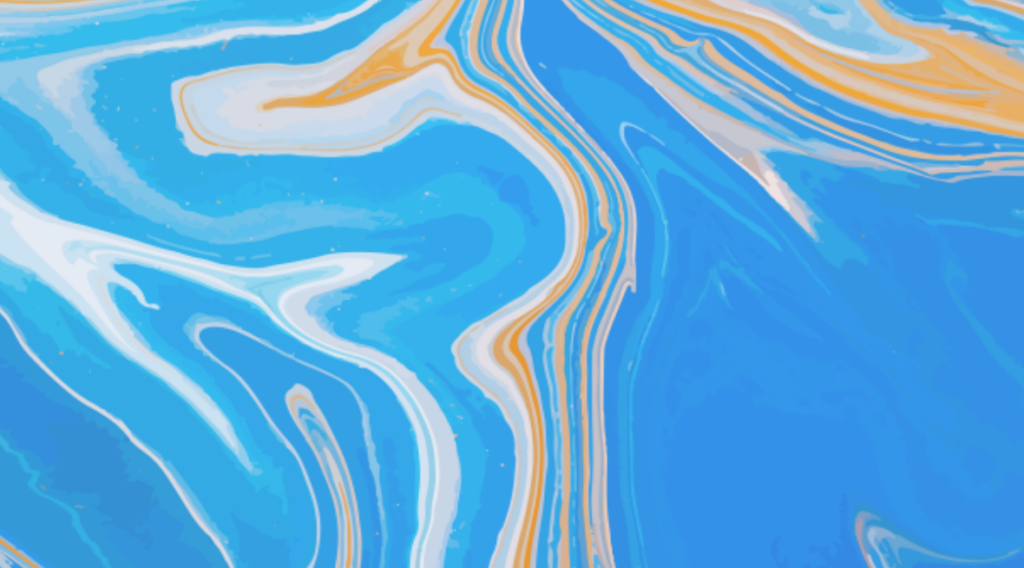
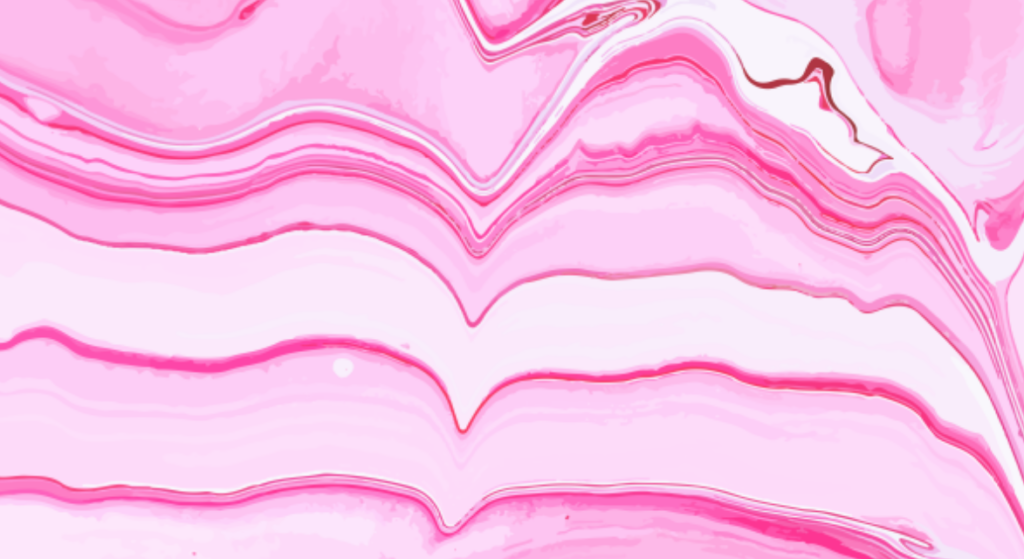
200명 앞에서 공연과 패션
최근에 200명 앞에서 공연을 할 수 있는 기회가 생겼습니다 기존에는 50명~100명 단위로만 진행을 했었는데요 그러다 보니 제 모습에 신경이 쓰이더라구요 그러다가 패션과 관련해서 크림 추천인 코드 디시를 찾았고 자세히 보니깐 완전 트렌드하고 좋은 것들이 많이 있어서 이번 기타 그림 그려진 티셔츠를 팀원들과 맞췄습니다
기타와 단칸방 그리고 라면
원래 음악이라고 하는 것이 참 어렵고 미래가 밝지는 않은 그런 분야이죠 저도 그런 시절들이 있었습니다 기타 하나와 단칸방 그리고 라면을 맨날 먹었죠 그래서 그런지 요즘은 몸에 도움이 되는 것들만 먹고 있는데요 궁금한 분들은 https://metreemallcode.kr/ 여기 보시면 됩니다 예전보다 훨씬 괜찮은 음악의 길을 걷고 있습니다 욕심과 꿈은 커져가고 있구요
